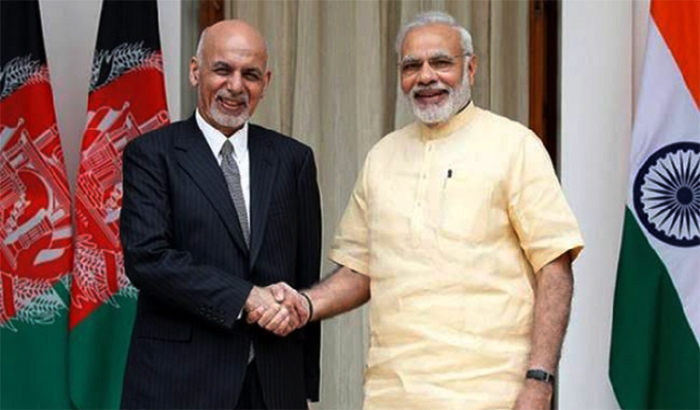Chennai, Mar 1: Recent air strikes on terror camps deep inside Pakistan show that India’s Armed Forces have “full freedom” to do what they want, Prime Minister Narendra Modi said on Friday, while taking a swipe at the Opposition parties for “suspecting” India’s fight against terror and asking them not to “weaken India” to “strengthen your own politics.”
In his 30-minute speech in Kanniyakumari after inaugurating and laying the foundation stone for a slew of government projects, Modi spoke in detail about the escalation on the Indo-Pak border for the first time and how the Armed Forces had felt helpless during the Congress-led governments to decide their actions.
For the first time, Modi also mentioned the name of Wing Commander Abhinandan Varthaman saying the entire nation was proud of the pilot who hails from Tamil Nadu. In his speech, the Prime Minister tore into the Congress on corruption, national security, social justice and new projects that help the development of the country.
“There was a time when the news reports would read- Air Force wanted to do surgical strike after 26/11 but UPA blocked it. Today, we are in an era where the news reads- Armed forces have full freedom to do what they want. Influence of terrorists and terrorism has been curtailed and it is going to be curtailed even more. This is a New India,” Modi said in his speech.
He said the events of the past few days have demonstrated yet again the strength of our armed forces and has also brought the nation closer.
“The way the nation has supported our armed forces is extraordinary and I bow to every Indian for that. This is an India that will return the damage done by terrorists with interest,” he said, adding that sadly, a few parties, guided by Modi hatred have started hating India.
“No wonder, while the entire nation supports our armed forces, they suspect the armed forces. The world is supporting India’s fight against terror, but a few parties suspect our fight against terror,” the Prime Minister said.
The statements by these leaders are “being happily quoted in Parliament of Pakistan and in the radio of Pakistan.”
“I want to ask them- do you support our armed forces or suspect them? They should clarify- Do they believe our armed forces, or they believe those forces who support terrorism on our soil? I want to tell them- Modi will come and go, India will remain. Please stop weakening India to strengthen your own politics,” he said.
Contending that his family was 130 crore Indians, Modi said he “will live for them, I will die for them” and that he was not in public life to further a dynasty.
“I am here to do whatever I can for the growth of India. I seek your blessings to create an India where the dreams of the poorest of poor are fulfilled,” he said.






Comments
Add new comment